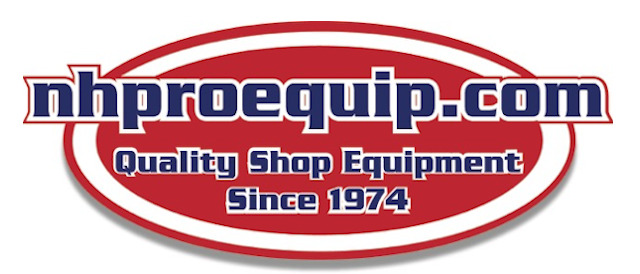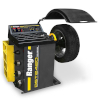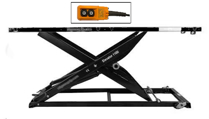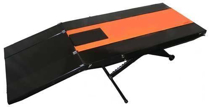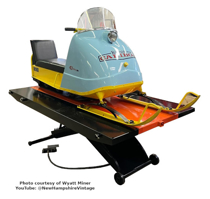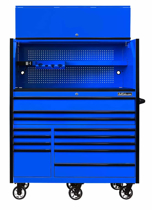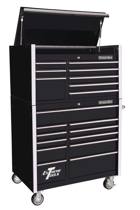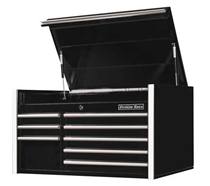- Register
- Log in
- Wishlist (0)
- My Cart (0) You have no items in your shopping cart.
Considerations When Buying a Tire Changer
There are lots of things to consider when investing in a tire changer. Once you assess your specific needs, you then need to look at the overall quality of the changer and its parts. It is tremendously important for the overall life and proper function of the tire changer.
First we’ll start with the cabinet. It is important that it is built with thick enough steel, welds, and a quality design to ensure that, over time, it will continue to operate as it did when it was purchased. If the cabinet weakens (as in lower quality models) it cannot support the turntable correctly or the vertical arm and down “hex” shaft.
As wheels keep getting larger, this exposes those products that use poorly-built vertical arms and lower quality hex shafts responsible for working the tire and rim on the machine’s turntable. Those made with inexpensive steel or loose fitting hex shafts will bend and fail.
The “duckhead,” or mounting head, needs to be made of high-quality, heat-treated steel that won’t deform. Mounting heads made of cheaper material bend and deform and will damage wheels, which can be very costly, not to mention unprofessional.
Consider the bead breaker. Some tire changers are made with stainless steel tanks, chromium plated to ensure years of use and the best protection against the “enemy” moisture and water from an air system. Some others use inexpensive material to build the tank for the bead breaker and in a short time these fail because of rust and seal problems.
On quality machines, turntables are built with much thicker steel and use very expensive quality bearings, needing to accommodate the larger wheels common today and requiring the strength necessary to handle them. The turntable and clamps that hold a wheel in place while tire changing must be strong enough to resist bending or slipping. Built correctly, a turntable and clamps grip a wheel with even pressure at all 4 clamps. Those tire changers built "cheaper" are subject to uneven grip and to wheels jumping off turntable clamps. The linkage under the turntable is very important; it moves the clamps in and out and holds the gripping position. Many inferior designs leave just 2 or 3 clamps holding the wheel or rim instead of 4, which can create frustration when changing tires. The Phoenix series tire changers use thick “S” type linkage to move and hold the clamps on the turntable, therefore giving the best positive grip on a wheel.
Design and proper materials allow the turntable on quality tire changers to run “true”. It is concentric and rotates parallel to its mount. Run out on poorly-built machines can be 2-3 mm, enough to damage a wheel.
The back and forth operation of the turntable and the higher current draw under a load can be demanding. A quality machine uses a heavier switch that will not breakdown like the common switch used in the average tire changer.
The gearbox should be constructed with high quality materials, machined precisely, run quietly, and operate vibration-free. Be aware of the cheaper gear boxes; very noisy and producing a loud vibrating sound.
There should also be a fine filter to keep air clean and air system free of debris (which may cause valve and seal failure) and an oiler to atomize the air system and keep valves and seals lubricated. We go the extra step to provide a quality oil and water separator.
There are a lot of points to think about when purchasing a tire changer. For your convenience, we've removed a panel from the Phoenix tire changer so you can see the quality components that it's made with for yourself!
